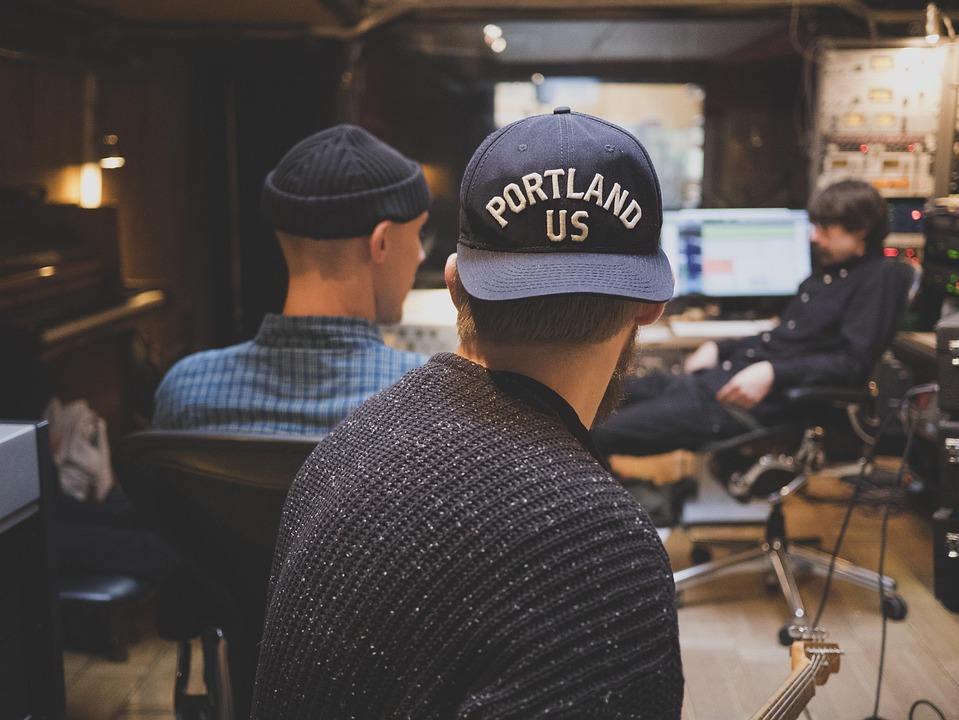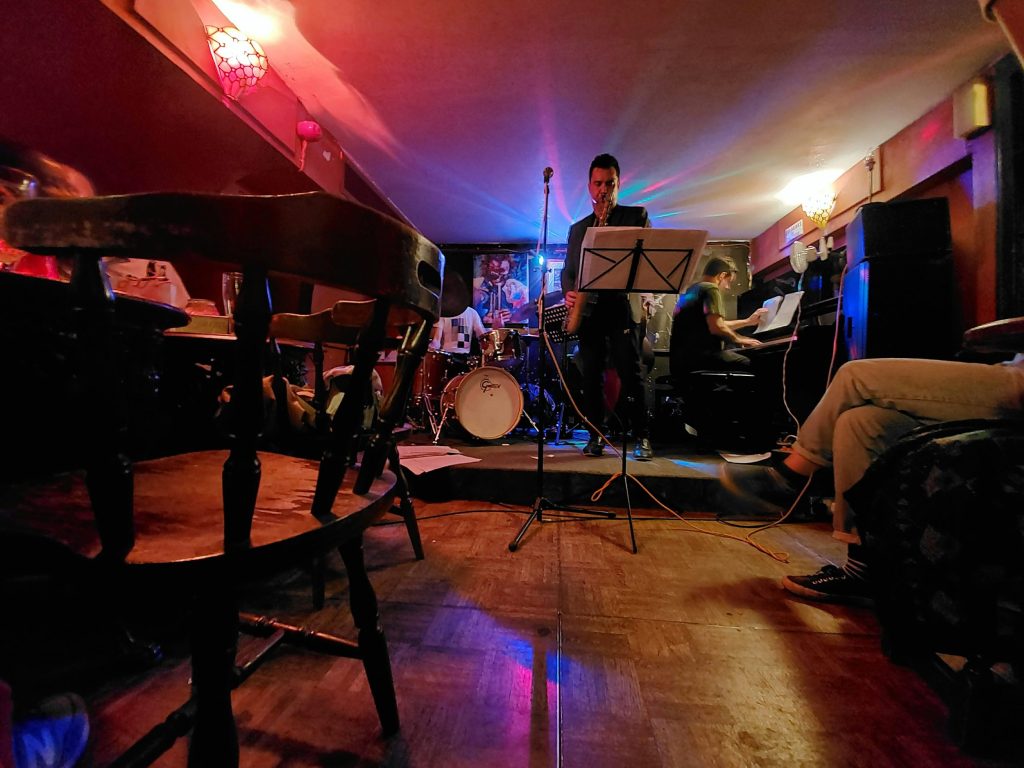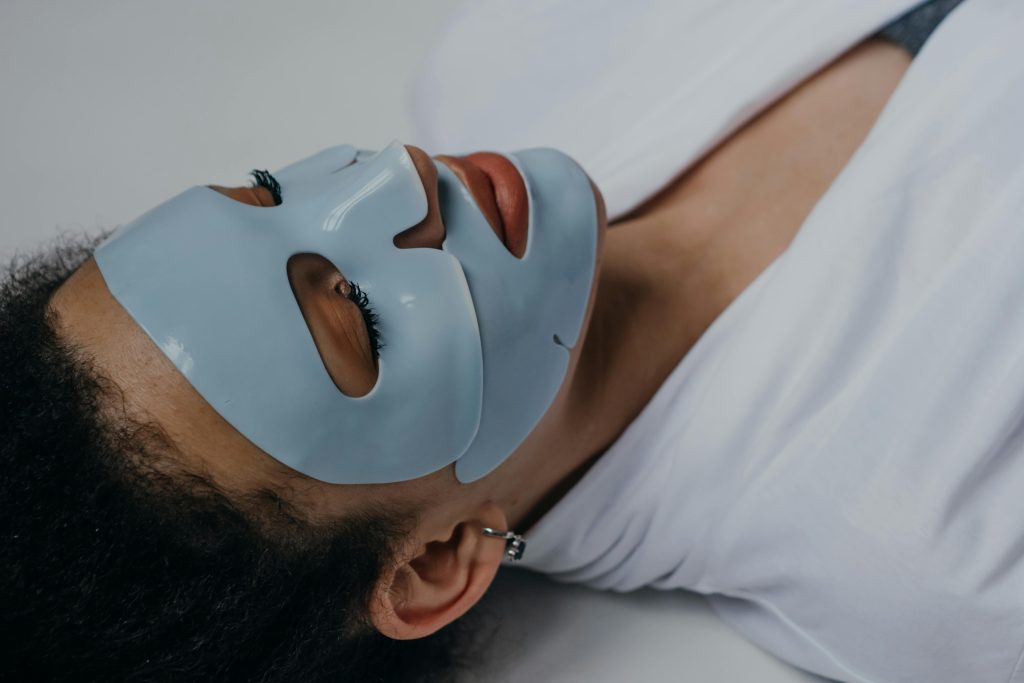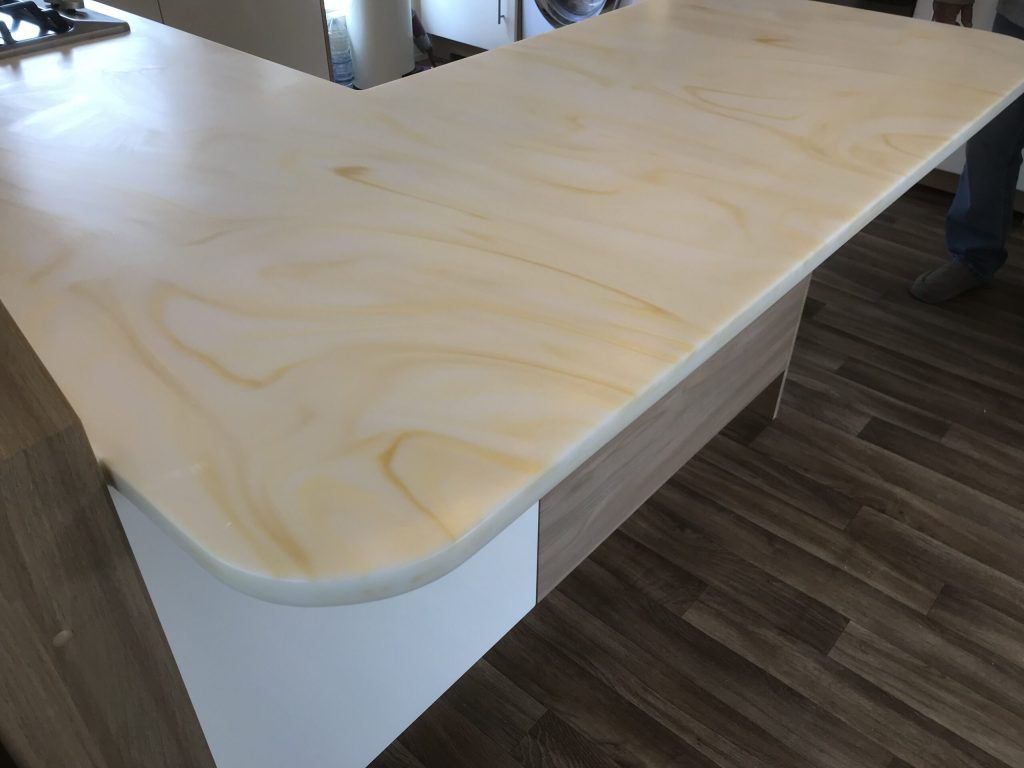Why not transform your basement into a versatile space for band practice, home studio creativity, and music-centred entertainment?
With careful planning, you can design an inspiring area that combines functionality, comfort, and style—all tailored to fuel your musical ambitions!

Prepare the Basement: Assess the Space for Both Sound and Comfort
Before beginning renovations, evaluate your basement’s potential.
Think about how it will function as a space for band practice, creating music in a home studio, and enjoying entertainment.
First, check the ceiling height to ensure you can proceed with your plans. Drummers need adequate clearance for their kits and singers will benefit from avoiding cramped acoustics.
Walls are equally important; concrete reflects sound heavily but can be treated later to improve quality.
Also, ensure proper ventilation and address any dampness—moisture can damage instruments and recording gear alike.
Examine existing outlets or plan where new ones should go to support amplifiers, studio equipment, and general setup needs.
By understanding your basement’s current condition thoroughly, you’ll set yourself up to transform it into a versatile space that’s fit for both creativity and musical engagement.
It could be worthwhile getting professional advice regarding your basement’s potential and what changes need to be made.
Soundproof Effectively: Reduce Noise Transfer Between Levels
Before improving sound quality inside your basement, first tackle noise transfer to and from the space. Soundproofing ensures that band practice or studio sessions won’t disturb others, while also blocking outside sounds from disrupting recordings or listening to music.
Seal gaps in doors and windows using acoustic weather stripping or rubber seals to prevent sound leaks.
And replace hollow doors with solid-core options for better insulation.
To minimise wall vibrations, add mass by layering drywall with Green Glue between sheets.
Insulating walls with fibreglass or mineral wool helps dampen noise further.
For ceilings, consider installing resilient channels paired with specialised panels to absorb impact sounds from above.
Also, cork works wonders for soundproofing both walls and flooring.
Effective soundproofing creates a private space where music-making and entertainment can happen undisturbed.
Tackle Acoustics: Set Up Walls, Floors, and Ceilings for Audio
The sound inside your basement matters just as much as keeping it from escaping. So, to create a space ideal for band practice, recording music in a home studio, and enjoying entertainment, focus on acoustic treatment.
Start with the walls. Adding acoustic panels or foam absorbs reflections that cause echo and muddled sound.
For more coverage on a budget, heavy curtains or fabric-wrapped boards can work wonders.
Flooring impacts acoustics, too. If you have concrete floors, rugs or carpets reduce harsh sound reflections while providing comfort underfoot during long sessions. Avoid slippery materials like polished tiles, which may amplify sharp noises.
Finally, treat the ceiling if possible—acoustic clouds or soft material panels can help minimise unwanted bounce-back from overhead surfaces.
When each surface is optimised to manage sound effectively within the room itself, you’ll achieve both crisp audio performance and an enjoyable environment for all.

Choose Essential Studio Equipment for Recording or Performing
The right equipment transforms your basement into a functional home studio and performance space.
Prioritise versatility so the setup caters to both band practice and professional recordings.
Start with sound basics: invest in quality microphones that are suitable for vocals and instruments. Dynamic mics are durable for live performances, while condenser mics capture fine details during recording sessions.
Next, choose an audio interface to connect instruments or mics directly to your computer—essential for creating high-quality tracks.
Also, studio monitors provide accurate playback without distortion, helping perfect mixes.
Include accessories like sturdy mic stands and pop filters for practicality during long sessions.
Create a Multi-Use Layout to Combine Music Creation and Entertainment Needs
Designing your basement as a multi-functional space ensures it supports various activities like band practice, recording, and enjoying entertainment. Start by dividing the area into zones for specific purposes.
Dedicate one section to music creation with instruments, recording equipment, and practical storage solutions for cables or gear.
Another area can feature seating or lounge furniture for relaxing between sessions or hosting friends during performances.
Modular furniture makes it easy to adapt your layout based on changing needs over time.
During your basement renovation project, consider features like built-in shelving or hidden compartments to keep the space tidy without compromising functionality.
Decorate Smartly to Maximise Aesthetics
Decorating your basement combines practicality with style, making the space inviting for band practice, home studio use, and entertainment.
Focus on elements that complement functionality without overwhelming the room.
Choose furniture and décor made from materials that won’t interfere with sound quality—soft fabrics like upholstered seating can double as acoustic dampeners while adding comfort.
Neutral colours or warm tones create a relaxing atmosphere without distracting from creative work.
And wall art or posters reflecting musical themes will personalise the space.
Also, add practical lighting options like dimmable LEDs; they’re energy-efficient and allow mood adjustment during performances or recording sessions.
Well-chosen décor will elevate both the usability and enjoyment of your music-focused basement!




















